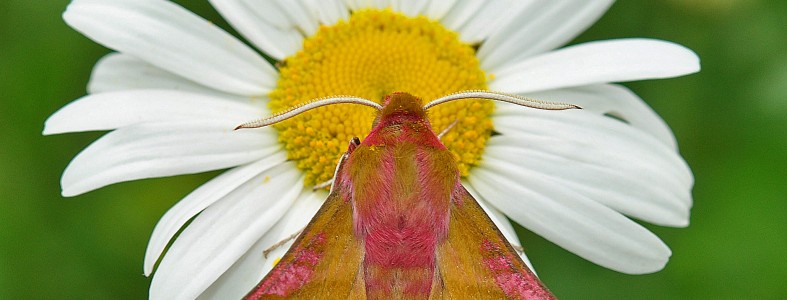
Big Butterfly Count 2014 from the Butterfly Conservation
The 2014 results for all 21 of the big butterfly count target butterfly and moth species are shown below
After the excellent results in 2013, big butterfly count 2014 saw many species drop back, although a few did really well.
An incredible 94,000 people visited the big butterfly count website between April and August and the media, Twitter and Facebook were alive with news of the count, as Sir David Attenborough implored the UK public to “produce a statistic that is of real value” in assessing how our butterflies are faring. The big butterfly count Smartphone app, which was created last year, continued to grow in popularity; over 11,000 counts (27% of the total) were submitted directly from participants’ phones this year.
During the official big butterfly count period (19 July – 10 August) almost 560,000 individual butterflies and moths of the 21 target species were counted and logged online.
Species slump
The headline result of big butterfly count 2014 is that numbers of most of the target butterflies and day-flying moths decreased from the high point reached last year. Almost three quarters of species (15 of the 21 target species) showed year on year decreases and the average number of individual butterflies seen per count fell considerably, from 23 in 2013 to 15 this year.
These declines came in spite of months of above average temperatures and a lovely sunny July for much of the UK; conditions which should generally favour butterflies. However, the weather took a turn for the worse in August, curtailing the flight periods of many common butterflies and hastening others into hibernation. It was the coldest August since 1993 in the UK.
The common white butterflies all recorded a disappointing summer after bumper numbers last year. The Large White was down by 65%, Small White by 60% and Green-veined White by 47%. The Count’s two migrant species – the Painted Lady and Silver Y moth also had a lacklustre year.
The single-brooded species associated with summer meadows also declined dramatically in abundance, for the second big butterfly count in a row. The Meadow Brown (38% down on 2013), Ringlet (58% down), Marbled White (48% down) and Six-spot Burnet moth (59% down) all did badly. However, this may not be as worrying as it first seems as these species may have already bred successfully in July before many counts were undertaken. We’ll find out in big butterfly count 2015!
Small Tortoiseshell fight back continues
While the majority of species decreased at the UK level, a few did well. Perhaps most notable and welcome among these success stories was the Small Tortoiseshell. After a fantastic comeback in 2013, following years of decline, Small Tortoiseshell populations increased again in big butterfly count 2014. Its numbers were up 22% on the 2013 count and the butterfly recorded its highest ever position in the big butterfly count results table, being the fourth most abundant species.This is an excellent result for a species that had suffered a 78% decrease in its UK population since the 1970s.
Other widespread butterflies that did well in big butterfly count 2014 included the Common Blue (up 55% on last year’s Count),Red Admiral (43% up) and Speckled Wood (28% up).
Species results 2014
It was all change at the top of the big butterfly count chart this year. The spectacular Peacock was the most abundant species, the first time it has ever topped the rankings. It achieved this despite its numbers actually decreasing (by 30% compared with 2013, when it finished in third place) thanks to the even greater declines of last year’s top two species, Small White and Large White. Gatekeeper maintained its numbers compared to 2013 and moved up to second place.
Abundance % change from 2013 1 Peacock 95551 -30 2 Gatekeeper 79937 -1 3 Small White 65549 -60 4 Small Tortoiseshell 63238 22 5 Meadow Brown 58007 -38 6 Large White 49670 -65 7 Red Admiral 25606 43 8 Green-veined White 21701 -47 9 Common Blue 17819 55 10 Speckled Wood 14420 28 11 Ringlet 13757 -58 12 Comma 11538 -36 13 Six-spot Burnet 8102 -59 14 Large Skipper 7901 -21 15 Small Copper 5355 -6 16 Painted Lady 5075 -28 17 Marbled White 4655 -48 18 Brimstone 4502 -43 19 Holly Blue 3595 4 20 Wall 3094 19 21 Silver Y 873 -89
Stay Connected